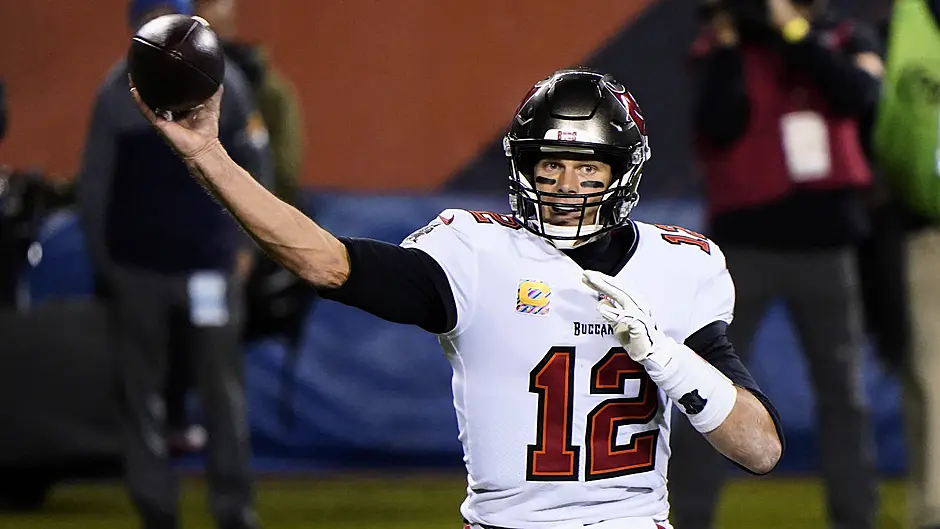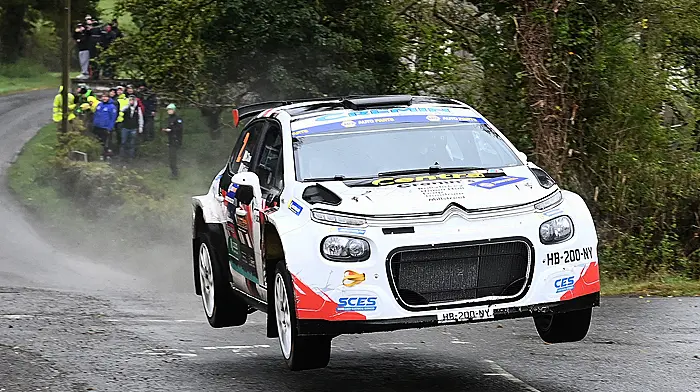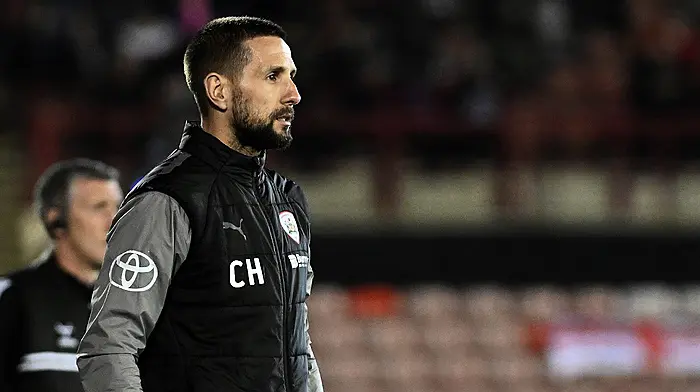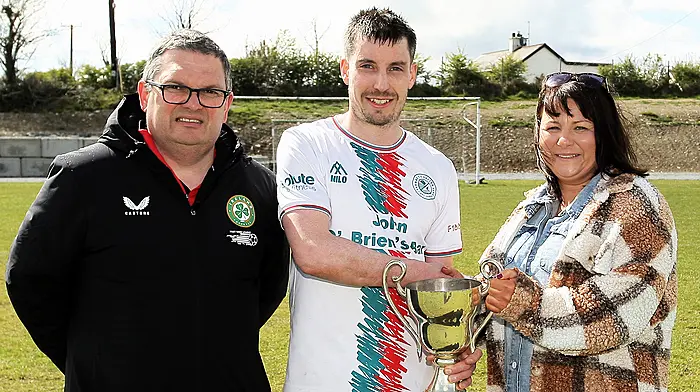LAST Sunday saw Tom Brady create yet more history as he won a seventh Super Bowl, guiding the Tampa Bay Buccaneers to victory.
His tally is two more than the player with the next-highest total, Charles Haley and this one is all the more impressive given that it came at the age of 43, after his departure from the New England Patriots, where he had won the first six.
Most observers would have expected that Patriots head coach Bill Belichick, with whom Brady won in 2002, 2004, 2005, 2015, 2017 and 2019, would be the likeliest of the pair to win a seventh but instead the California native showed that his gold-dust is transferable and that he could be just as successful in a red jersey as in a navy one.
Among the Christmas literature haul was The Dynasty by Jeff Benedict, the story of how the Patriots became the number-one franchise in the NFL thanks to the input of the owner Robert Kraft, Belichick as coach and Brady as star quarterback. It was published after Brady’s departure and, currently about halfway through, it is proving to be one of those books you don’t want to read quickly so as not to finish it too soon.
It’s well known by this stage that Brady was the 199th pick in the 2000 NFL Draft, with six other quarterbacks being chosen before him – none of them went on to enjoy any great success at the top level. It was unheard of for a team to carry four quarterbacks on their roster but Belichick, based on the recommendation of quarterbacks coach Dick Rehbein, saw something in Brady and told him to spend the season working on improving.
There were areas where he was lacking: not least in terms of speed, as his time of 5.3 seconds in the 40-yard dash at the NFL Scouting Combine was the third-slowest of 308 quarterbacks between 2000 and 2019.
His throwing could have been better, too, but he possessed ‘intangibles’, most notably the ability to perform under pressure – the bigger the stage, the better.
Naturally malleable, he put in the hours during the 2000 season, on the field, in the gym and watching tape of games, all with the aim of getting better. Such was his improvement that, prior to the 2001 season, Belichick told Kraft that, if he were choosing his best quarterback as his starter, it would be Brady rather than Drew Bledsoe, who was the face of the franchise.
A freak injury to Bledsoe in the second game of that season allowed Brady a chance and he took it, leading the team to a first-ever Super Bowl in February of 2002.
Nineteen years later, he is still ‘Mr February’, delivering on the biggest stage. While he is held up by many as the greatest player of all-time and the TB12 brand has grown into an animal all of its own, it is his humility and team ethic which has played as big a part as the individual effort.
New arrivals at the Patriots saw that Brady unflinchingly took Belichick’s caustic jibes and so they should, too; and some of the star arrivals were only possible thanks to Brady agreeing to play for below market value, allowing the team some leeway to stay within the salary cap.
A quarterback can only be as good as his receivers and, when Brady joined the Buccaneers, he pushed for them to also trade for another Patriots legend, Rob Gronkowski, with whom he knew he could link well – Sunday night against the Kansas City Chiefs proved that.
Often, when discussing the greats, we tend to lionise natural talent and look down our noses at the ‘manufactured player’, as if good bloodlines are more than an accident of birth. Ultimately, the proof is in the results and Brady only has three spare fingers if he ever decides to wear all of his Super Bowl rings (they don’t get medals in the US). It’s something we all know, but every so often we need a reminder – the secret to all the hard work is that there is no secret.









